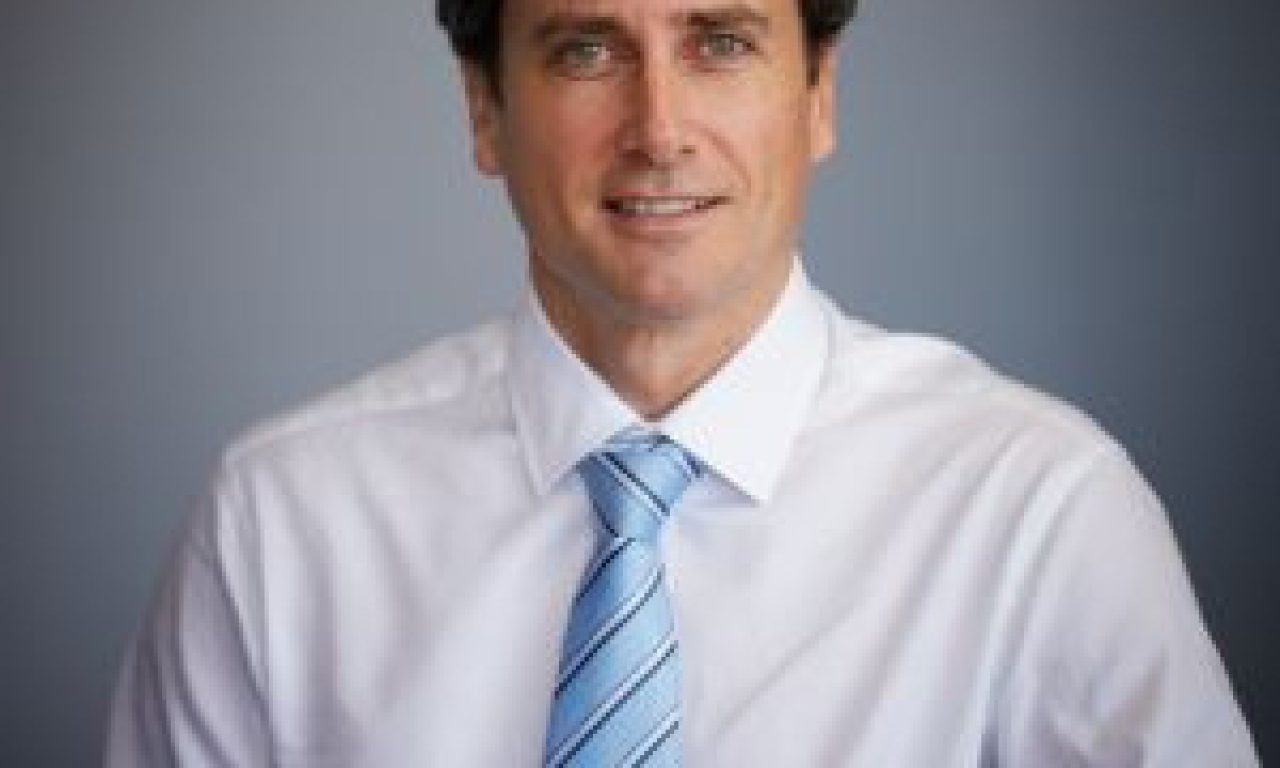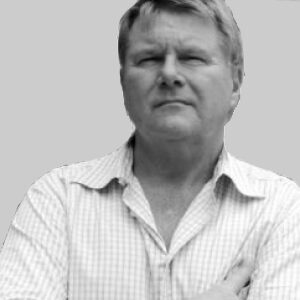If active managers perform better than passive managers in volatile or downward-trending markets, then you’d have to think that very active managers, such as those which blend a mix of long and short positions, would do better still. And the evidence is, on average, they do. According to Sean Fenton, a long-short specialist manager, an extra advantage can be had by being style neutral in your stock selection.
Fenton has recently concluded his first year at his new boutique, Sage Capital, which has two long-short funds. One is a 150:50 long-short fund called ‘Equity Plus’ and the other a market neutral ‘Absolute Return’ fund. They both were comfortably positive and beat the negative performance of the benchmark ASX 200 over the year to June. The 150:50 fund beat its benchmark by 8.16 percentage points and the market neutral fund beat its cash benchmark by 12.73 percentage points.
Fenton launched the ‘alpha extension’ (Alpha Plus) fund at Tribeca Investment Partners in 2006, shortly after he joined the boutique from AMP Capital. Since inception, the Alpha Plus fund has beaten its ASX 200 benchmark over every measured period: one month, three months, one year, three years, five years and seven years. Since inception, it’s annualised performance, as at August 31, is 8.77 per cent after fees, compared with the ASX 200’s 5.75 per cent. The fund has been managed by Jun Bei Liu since April last year when Fenton left to set up Sage Capital. She had worked with Fenton on the fund for nearly four years before succeeding him.
The latest Mercer survey shows that alpha extension (150:50) strategies performed better in risk and return than both long-only Aussie equities and the ASX 200 index over the past 10 years. The five-year numbers are also good for long-short. Over the 10 years to August 2020 long-short managers returned 10.41 per cent, before fees, compared with the index’s 7.75 per cent. All long-short managers in the survey beat the index, with a median excess return of 2.66 per cent a year over that 10-year period. With long-only managers, the median beat the index with a return of 8.79 per cent. The five-year median numbers were 8.71 per cent for long-short, 8.55 per cent for long only and 7.51 per cent for the index.
Ronan McCabe, the head of portfolio management for the Pacific region at Mercer, said that despite the rise of passive management over the past decade, active management remained a strong driver of returns in Australian shares. While long-only managers performed well – especially the top-quartile managers which showed a 2.9 percentage point advantage over the index, gross of fees, in the past five years and 2.2 percentage points over 10 years – the data revealed even stronger numbers for long-short managers over both periods.
McCabe said: “Median and top-quartile managers are achieving these active returns with relatively low volatility versus the benchmark. This leads to better risk-adjusted returns. While strong active returns are very good, the relatively high risk-adjusted return for top-quartile managers is even better. This leads to more efficient portfolios and better outcomes for investors when adjusted for volatility.”
At Sage Capital the funds are style neutral because this offers even more opportunities, Fenton says. Sage Capital splits the market into eight groups and adopts a neutral stance overall to each group. They are: defensive; domestic cyclicals; global cyclicals; growth; gold; resources; REITs; and, yield. “We are not taking a bet on whether growth will beat value or vice versa,” he says. “And we don’t try to predict what central bankers are going to do. I gave up doing that 10 years ago.”
He says that one of the reasons he wanted to set up his own business was to get a clearer focus and alignment of investment style from the team. “It helps to have four people together living and breathing the strategies and not with other functions to perform as well,” he says. The other three portfolio managers are Kelli Meagher, with whom Fenton worked during his seven years at AMP Capital, and James Delaney and Peter Moore, both of whom he worked with at Tribeca.
All non-investment services are being provided by Channel Capital, based in Brisbane (with a Sydney office), which provides sales and marketing as well as the backoffice functions such as RE, unit pricing and settlements. Sage Capital is 100 per cent owned by the staff but Channel Capital has a revenue share in the business.
On the sales and marketing effort, Fenton says that Channel shoulders much of the burden but “at some stage investors will want to hear from a portfolio manager”. He says a ‘PM’ who completely stays away from investors either has an extraordinary marketing team behind them or not much in the way of FUM.”
So, has the successor beaten her former boss using the same strategy? Not yet, but she came close. In the year to June 30, Fenton’s Equity Plus Sage Capital fund achieved a return of 3.08 per cent after fees compared with Jun Bei Liu’s 2.53 per cent for Tribeca’s Alpha Plus fund. It’s nice to see the index coming last for once.
Note: additional reporting by James Savage CFA.
– G.B.


